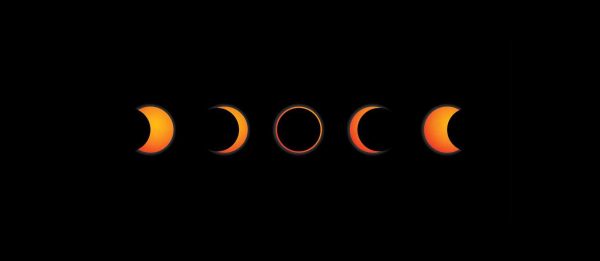La Niña potentially poses threats of disastrous spring weather
March 1, 2021
During the last few months of 2020, La Niña was recorded to develop. La Niña is a climate condition that occurs every few years. This phenomenon occurs when the temperatures of the sea surface around the east-central Pacific are below average, forcing the polar jet stream northward. During this event, its effects on North America are as follows: the southern portion of the US tends to have droughts or below average precipitation, while the Pacific Northwest and Canada revive a greater amount of precipitation than normal. While there are various natural benefits and disadvantages that come with La Niña, there is the potential for very dangerous weather conditions to occur.
Experienced meteorologists have stated that due to the climate conditions that come with a La Niña, spring of 2021 could bring more severe weather than what North America can typically see. Due to the colder shift in temperatures, severe weather is more likely to take form. It is undetermined what kind of weather could be expected, however La Niña has been known to have an effect on the Atlantic hurricane season and the formation of deadly supercell thunderstorms.
While there are many impending threats that could potentially be lurking in the approaching springtime, one of the biggest possibilities that brings great concern to meteorologists is the chance of a tornado outbreak. A tornado outbreak is when multiple tornadoes are formed by the same synoptic scale weather system. To obtain the label of being considered an “outbreak,” there must be at least 6-10 recorded tornadoes.
When it comes to tornado outbreaks during La Niña, many meteorologists and storm chasers refer to one of the worst outbreak events which occurred in April of 2011. What is called the “2011 Super Outbreak” was one of the largest and deadliest recorded tornado outbreaks that lasted from April 25, 2011, to April 28, 2011. A series of highly active supercells traveled through the US and produced an impressive, record-breaking amount of 362 tornadoes. April 27 was the most active day during the outbreak, as there were 216 recorded twisters within the span of 24 hours. These storms produced a staggering amount of 4 EF-5 tornadoes, which is the highest rating of the Enhanced Fujita scale and are rather rare to occur. This outbreak resulted in 348 deaths: 324 fatalities were caused by tornadoes, while the other 24 were the result of thunderstorm related events such as straight line wind, hail, flash floods or lightning strikes. The total cost of damage that was caused by the 2011 Super Outbreak was estimated to be around $11 billion.
While we remain unsure of what mother nature has in store for us during the La Niña year of 2021, it is important to keep a close eye on your local weather stations and services. As spring is quickly approaching, it brings with it the likeliness of severe weather in Illinois. Be aware of watches and warnings that are issued by the National Weather Service, whether they are for thunderstorms or tornadoes. Remember that the safest place you can be during a tornado warning is in a basement or an underground storm shelter. If you do not have access to those kinds of locations, shelter in the most interior room of your home to put as many walls between you and the tornado as possible and stay clear of windows. For more information on being safe during a natural disaster or any dangerous weather phenomenon, visit www.weather.gov.





